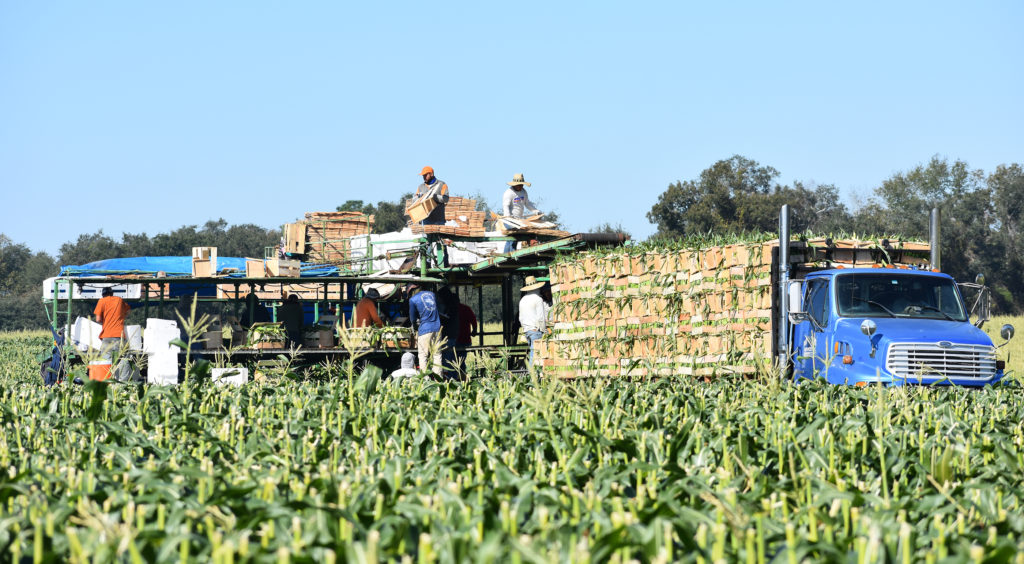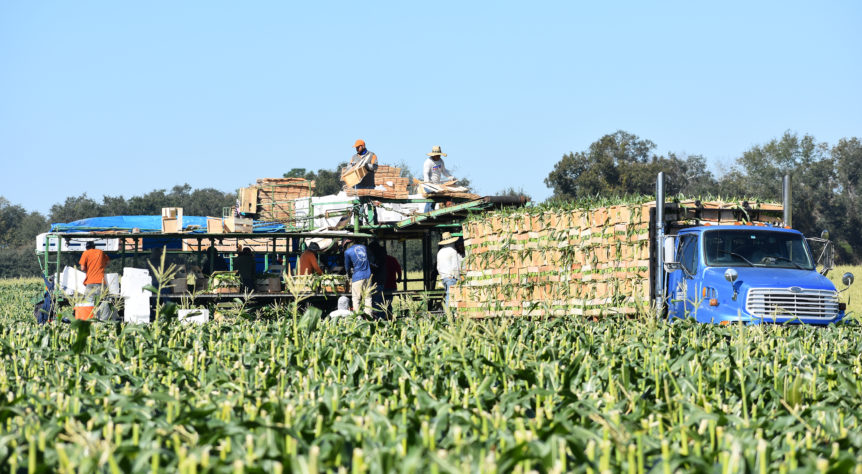
By Clint Thompson
The Georgia Fruit and Vegetable Growers Association (GFVGA) encourages specialty crop producers to respond promptly and accurately to labor surveys inquiring about H-2A and the Adverse Effect Wage Rate (AEWR).
Chris Butts, GFVGA executive director, said farmers should expect the surveys to arrive via mail at any time. Growers’ response will help leaders with the U.S. Department of Agriculture (USDA) and Department of Labor (DOL) make informed decisions regarding the wage rate.
“It should be hitting mailboxes any time. We feel it is imperative that we get as many responses as we can so the USDA and DOL have good data on which to base their AEWR rates for the next year,” Butts said. “We have a lot of questions about who all is receiving those surveys, who has been responding and how that data has been used to come up with the AEWR. I think the first step is we need to make sure that every grower that can is returning a copy of that survey and reporting the real-world conditions on their farm.”
Georgia’s AEWR is $14.68 per hour this year, marking a 21% increase in the past 14 months for the state’s fruit and vegetable farmers. Combined with a 28% increase from 2011 to 2020 and Georgia farmers have incurred an almost 50% increase in the past 12 years.
This also does not include visa fees and other expenses associated with travel and lodging.
Calls for Clarity
Georgia agricultural and legislative leaders have called for clarity regarding how the AEWR is determined every year. Earlier this year, Georgia Attorney General Chris Carr issued a letter to Julie Su, Deputy Secretary of Labor, and Tom Vilsack, Secretary of Agriculture, imploring for an explanation with the AEWR and for a pause in the scheduled increases producers faced this year.
Butts has been just as vocal, saying last December that continued wage increases will lead to a reduction in acres.
“Labor is the largest expense for all of our specialty crop growers. If you’ve got to curb experiences, the only thing you can do is hire fewer workers, which means you’re putting less acreage into production,” Butts said. “you’re going to have less produce that you’re growing.”










